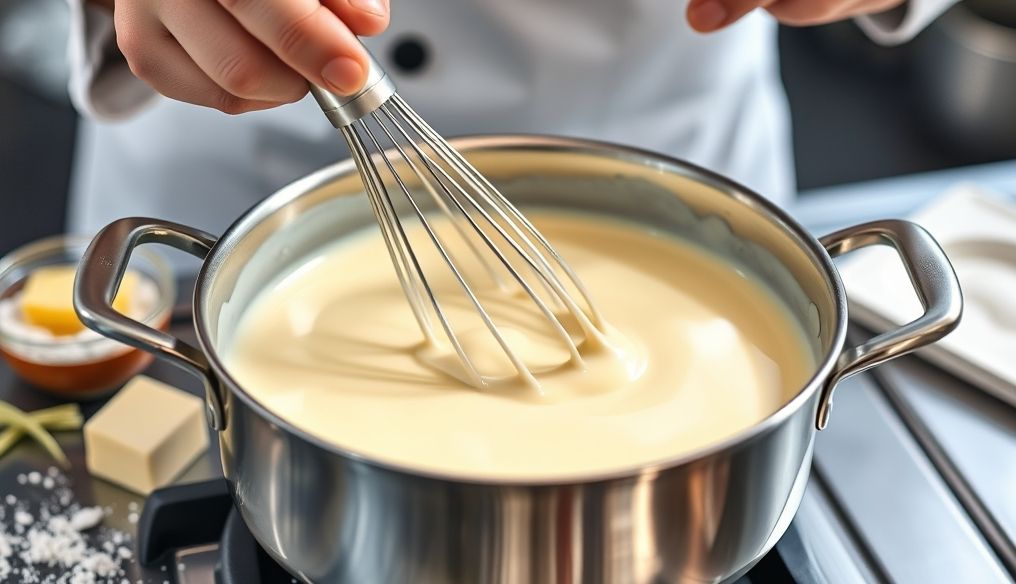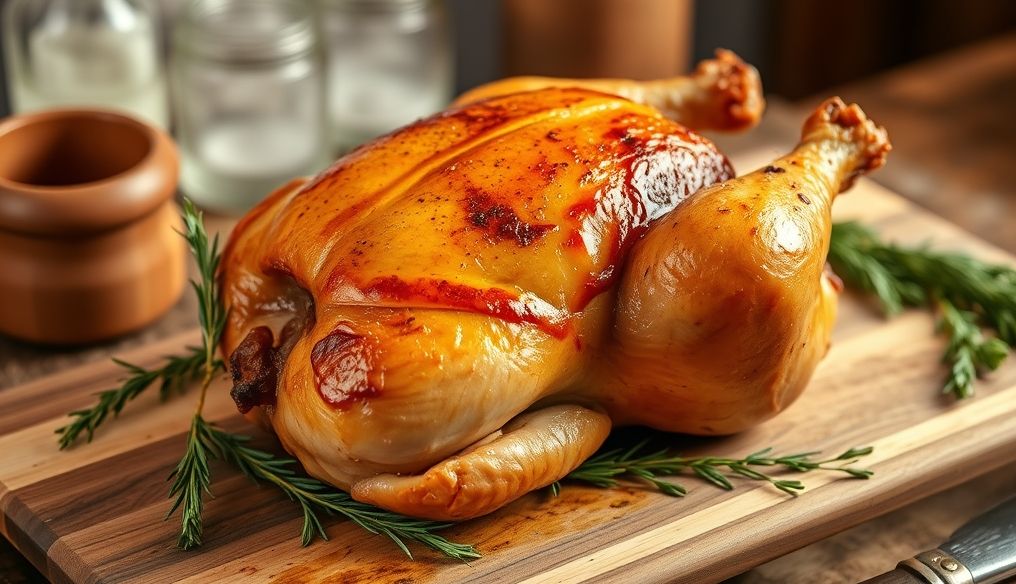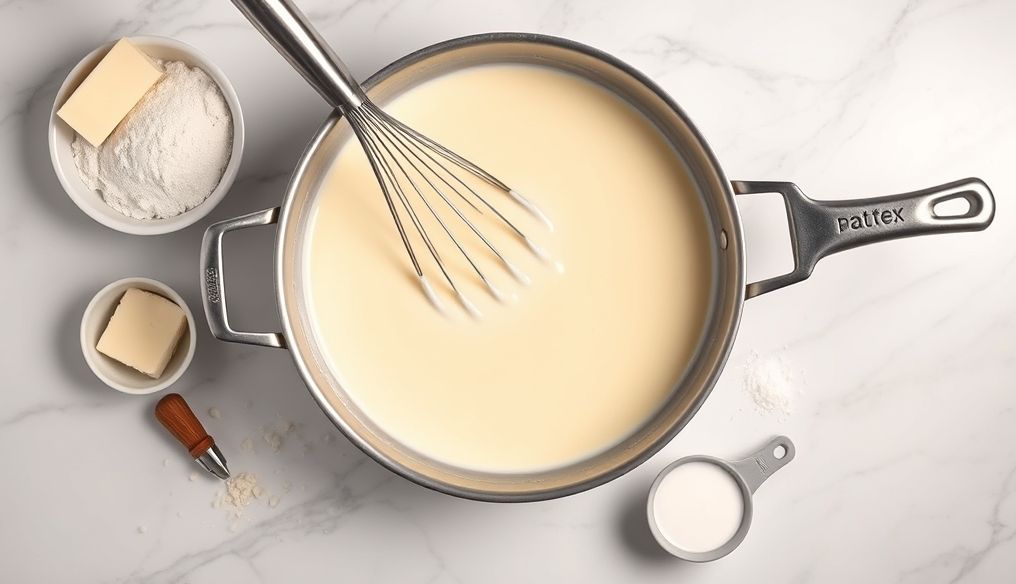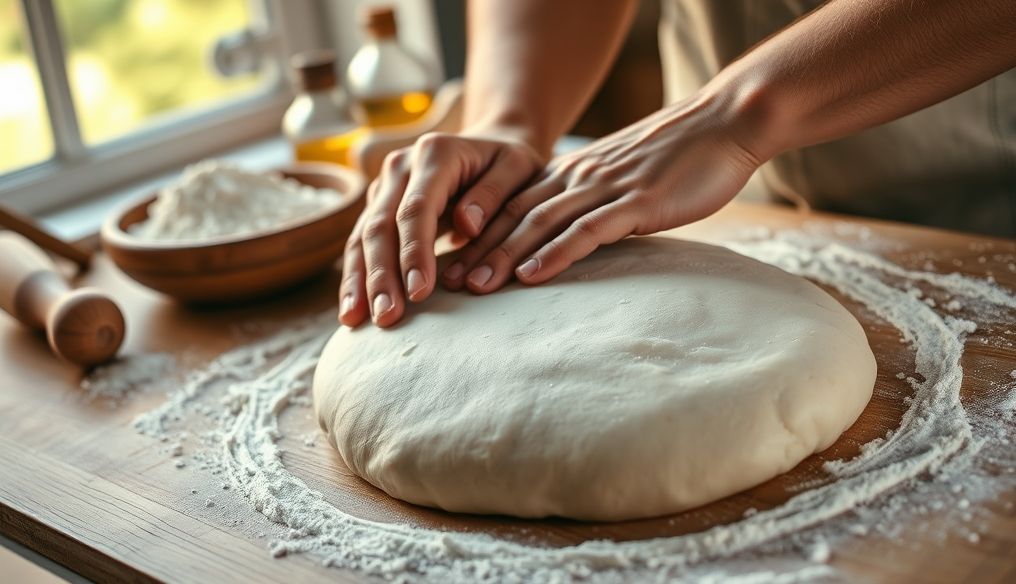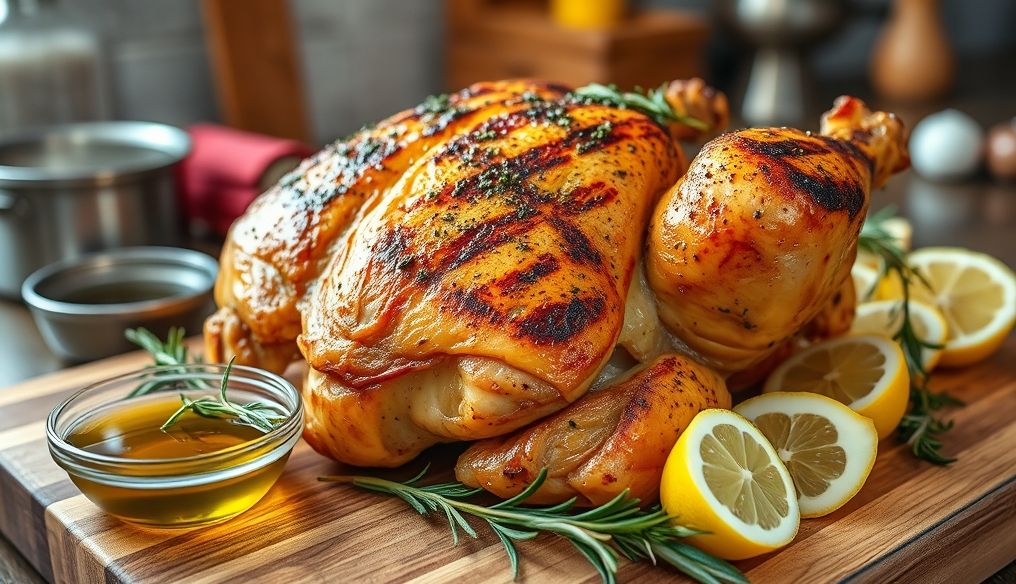What are the secrets to achieving a creamy, lump-free béchamel sauce?
Béchamel sauce, also known as white sauce, is one of the mother sauces in classical French cuisine. It is used as a base for many delicious dishes such as lasagna, potato gratin, and numerous other recipes. However, many cooks, whether beginners or experienced, face the problem of lumps while preparing it. Fortunately, there are several secrets and tips that can help you achieve a creamy and smooth béchamel every time.
Chapter 1: Understanding the Basics of Béchamel Sauce
Before diving into the secrets, it is essential to understand the basic ingredients and correct ratios:
- Butter: Melts to create a base for the sauce and helps the flour cook evenly.
- Flour: Acts as a thickening agent for the sauce.
- Milk: Is the liquid that binds the ingredients and thins the sauce.
- Spices: Salt and white pepper are the basic spices, and nutmeg can be added for a distinctive flavor.
The ideal ratio is 1:1:10 (butter: flour: milk). For example, one tablespoon of butter, one tablespoon of flour, and one cup of milk.
Chapter 2: Secret #1: Using Ingredients at Room Temperature
One of the main reasons for lump formation is the difference in temperature of the ingredients. When cold milk is added to the hot butter and flour mixture, it causes the flour to clump together. To avoid this, make sure the milk, butter, and flour are at room temperature before starting.
Extra Tip: You can slightly warm the milk before adding it to the mixture.
Chapter 3: Secret #2: Melting Butter Over Low Heat
The butter should be melted over very low heat. If the butter burns, it will affect the taste of the sauce and make it bitter. Once the butter has melted, gradually add the flour while stirring constantly with a wire whisk.
Warning: Avoid letting the butter burn. It should only melt until it becomes liquid.
Chapter 4: Secret #3: Cooking the Flour Well
After adding the flour, continue stirring for 2-3 minutes over low heat. This step is necessary to get rid of the raw flour taste. You should have a golden-yellow paste called "Roux."
Note: If the flour is not cooked sufficiently, the sauce will have a starchy and unpalatable taste.
Chapter 5: Secret #4: Adding Milk Gradually While Stirring Constantly
This is the most important step. Add the milk gradually, a small amount at a time, while stirring constantly with a wire whisk. Make sure that each batch of milk is completely mixed in before adding the next batch. This process prevents the formation of lumps and ensures a smooth sauce.
Pro Tip: Use a sturdy, high-quality wire whisk to ensure effective stirring.
Chapter 6: Secret #5: Using the Right Wire Whisk
A wire whisk is the best tool for preparing béchamel. Its design allows for even distribution of ingredients and prevents lump formation. Avoid using wooden spoons or other tools that may not be as effective in stirring.
Types of Wire Whisks: There are different types of wire whisks; choose the one that suits the size of the pot you are using.
Chapter 7: Secret #6: Cooking Over Low Heat While Stirring Constantly
After adding all the milk, continue cooking over low heat while stirring constantly until the sauce thickens. The sauce should be able to coat the back of a spoon. This may take about 10-15 minutes.
Signs of Doneness: You will notice that the sauce becomes thicker and sticks to the spoon.
Chapter 8: Secret #7: Straining the Sauce
If some lumps form despite all precautions, don't worry. You can strain the sauce using a fine-mesh sieve. This step will remove any lumps and ensure a perfectly smooth sauce.
How to Strain: Place the sieve over a clean bowl and slowly pour the sauce through it.
Chapter 9: Secret #8: Spices and Additions
After obtaining a smooth sauce, add the spices. Salt and white pepper are the basic spices. You can add a pinch of nutmeg for a distinctive flavor. You can also add other ingredients such as grated cheese, fresh herbs, or minced garlic as desired.
Flavor Variations: Try adding different types of cheese such as Parmesan or Cheddar for a different flavor.
Chapter 10: Additional Tips to Avoid Lumps
- Use a pot with a thick base to distribute heat evenly.
- Do not leave the sauce without stirring for too long.
- If the sauce is too thick, add more milk.
- If the sauce is too thin, continue cooking until it thickens.
- A hand blender can be used to smooth the sauce if stubborn lumps form.
Chapter 11: Multiple Uses for Béchamel Sauce
Béchamel sauce is not just a sauce; it is a base for many delicious dishes. Here are some common uses:
- Lasagna: A basic layer in traditional lasagna.
- Potato Gratin: Added to sliced potatoes and baked in the oven.
- Croque Monsieur: Spread on slices of bread and topped with cheese and ham.
- Vegetable Dishes: Added to grilled or boiled vegetables.
- Pasta Sauce: Can be used as a white sauce for pasta.
Conclusion
Preparing creamy, lump-free béchamel sauce is not as difficult as it seems. By following these secrets and tips, you can prepare a perfect sauce every time. Remember that patience and constant stirring are the keys to success. Enjoy preparing your favorite dishes with delicious béchamel sauce!
